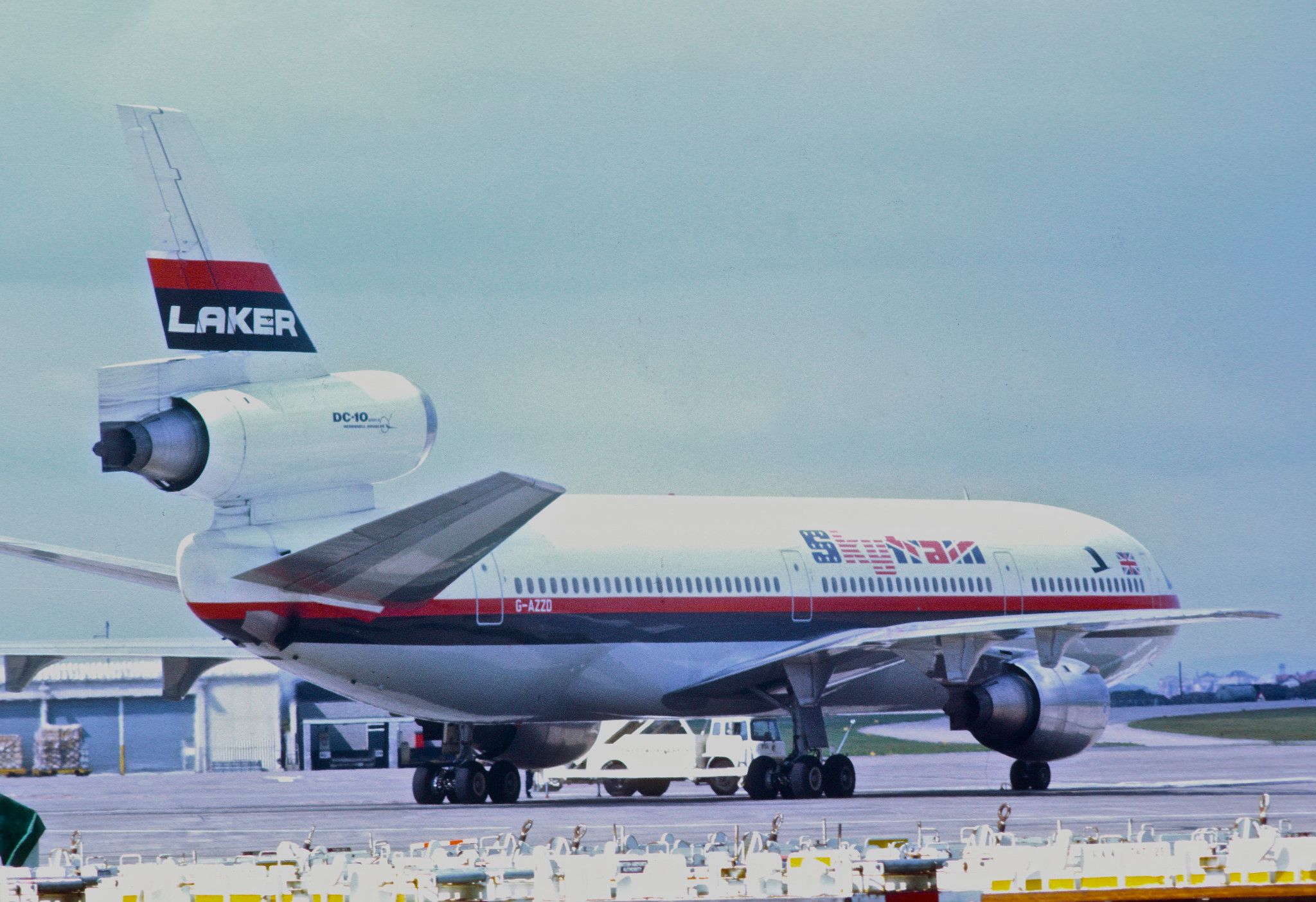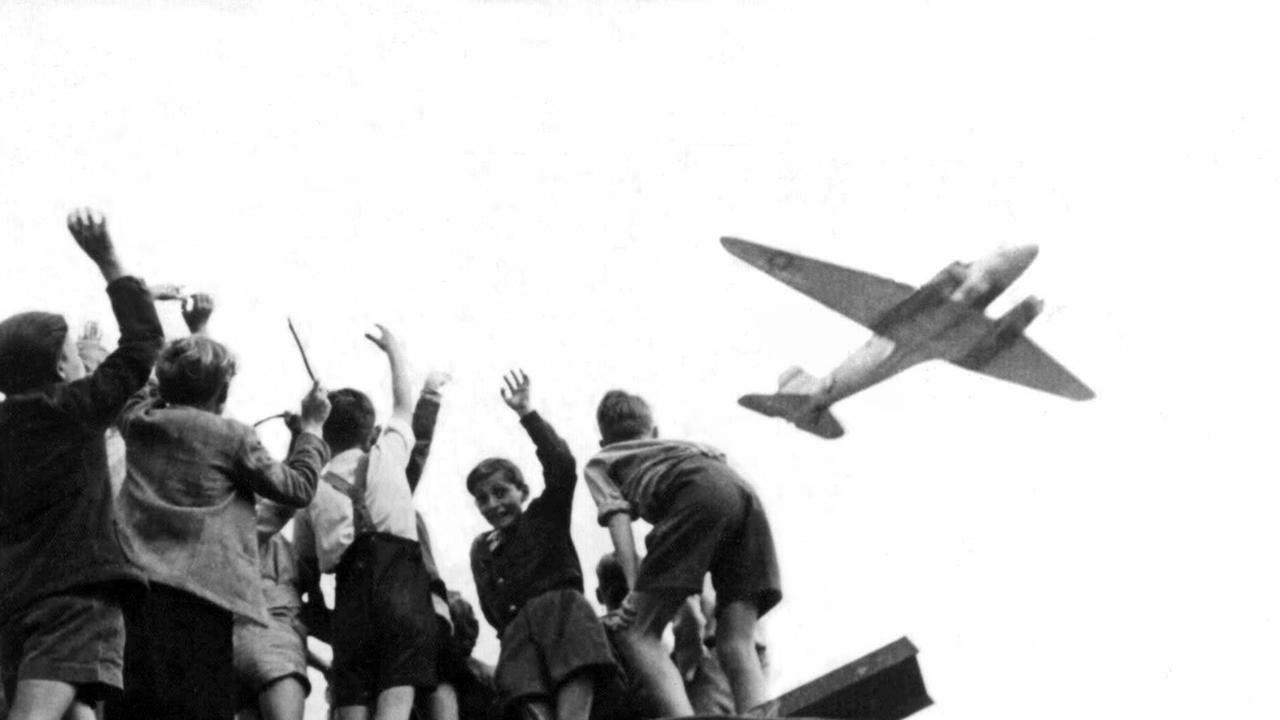February 8th, 2023, would have been the 57th anniversary of Britain's Laker Airways founding. With that in mind, we decided to take a look back at how Laker Airways came to be and how one man's ideas have shaped the airline industry ever since. However, before the airline's founding in 1966, let's look at how the Second World War and the subsequent events enabled Freddie Laker to start an airline.
Born in Canterbury, Kent, on August 6, 1922, Freddie Laker began his aviation affair with Short Brothers after leaving school. During WWII, he worked for the Air Transport Auxiliary and then briefly for British European Airways before starting his own second-hand aircraft business.
Following the war, there was a huge surplus of aircraft that could be purchased for very little money. With his new planes, Laker ventured into the air transport business and made a killing during the Berlin Airlift.
Laker started his first passenger airline in 1954
In 1954 Laker set up an airline he called "Channel Air Bridge," with the purpose of flying passengers and their cars between Southend and Calais. In 1958, he then sold his air transport business and Channel Air Bridge and in 1960 became the managing director of British United Airways.
He left the airline in 1965 and several months later founded Laker Airways. Basing his operations at London Gatwick Airport (LGW) with two second-hand Bristol Britannia 102 series turboprops that he purchased from the British Overseas Aircraft Corporation (BOAC). The Britannia's were later supplemented by five BAC One-Eleven 300 short-haul jet aircraft from December 1967.
To keep his planes flying in the winter when demand was low, Laker offered tour operators a 30% discount. Already having experience with Berlin Tegel Airport (TXL), Laker made it his first overseas base. In 1981 Laker replaced the three BAC 1-11s he had in Berlin with an Airbus A300 widebody.
Laker got a good deal for some McDonnell Douglas DC-10-10 aircraft
Looking to upgrade his fleet further, Laker got lucky when All Nippon Airways (ANA) canceled its order for five McDonnell Douglas DC-10-10 aircraft. McDonnell Douglas then offered the planes to British Caledonian, who declined as the plane's range was not far enough for many of its long-haul routes. This then allowed Laker to get two of the planes at a discounted price.
Laker figured out that if he limited baggage to 40 pounds and reduced the single-class configuration from 380 to 340 seats, he could fly to any destination in the United States that was east of the Rocky Mountains. He also figured that with the low break-even number, he would be able to offer low-cost flights between London and New York.
During the early 1970s, Laker battled with aviation authorities in the UK and USA when he tried to get approval for low-cost flights between London and New York. At the time, British and US carriers flying between the two cities did not want competition from a low-cost airline.
Laker's plan was to have daily flights between May and September and then scale back to four flights per week for the rest of the year. In preparation for its Skytrain London to New York flights, Lake took delivery of a fourth DC-10 in 1976. Skytrain flights were launched on 26 September 1977.
After its first year of operations, Skytrain made a profit of $2 million. Knowing that his low-cost transatlantic fare was a winner, Laker placed an order with McDonnell Douglas for longer-range DC-10 30 series aircraft that he could use to offer flights between London and Los Angles.
Laker begins flying to Florida
Realizing the potential of using Laker long-haul aircraft for charters, Intasun owner Harry Goodman approached Laker with the idea of flights between London and Orlando in Florida. Laker later expanded with scheduled passengers flights to Miami and Tampa. By the 1980s, Laker was also flying to the United States from Manchester and Glasgow.
Unhappy with Laker undercutting their fares the big established airlines began offering discounted tickets knowing that financially they could survive losing money long enough to put Laker Airways out of business. Adding to the trouble for Laker was that both the United States and the United Kingdom were in a recession.
The final nail in the coffin came when British Caledonian Airways and several European airlines that operated DC-10s told McDonnell Douglas and General Electric that if they offered Laker a financial rescue package, they would cease all business with them.
Laker went bankrupt on February 5, 1982, leaving debts of $325 million. At the time, it was the largest corporate failure that Britain had ever seen.
Love aviation history?




